SLVAFM7 June 2024 TLC6983
1.1 Display Technology Comparison
Currently there are three mainstream display technologies, Liquid-crystal display (LCD), organic light-emitting diode (OLED), Mini-LED and Micro-LED. Table 1-1 shows the comparison.
These display technologies use a variety of dimming methods. LCD traditionally uses global dimming (Edge backlight). However, local dimming (direct backlight) is getting more and more popular in high-end products due to advantages in contrast ratio and peak brightness. Both OLED and Mini- / Micro-LED uses pixel dimming, which means each pixel directly lights up and shows picture, there are no backlight anymore.
Mini- / Micro-LED has advantages of high brightness, high contrast ratio, outstanding image quality and long life. Mini- / Micro-LED are getting more and more popular in variant EEs, such as Narrow Pixel Pitch (NPP) LED display, LED green screen for virtual production, LED cinema screen, AR/VR, and animated automotive rear lighting, despite drawbacks of production and system complexities.
| LCD | OLED | Micro-LED | ||
|---|---|---|---|---|
| Structure | 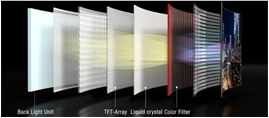 | 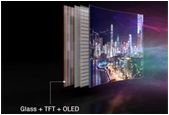 | 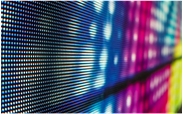 | |
| Dimming | 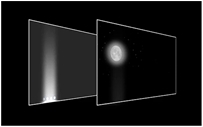 | 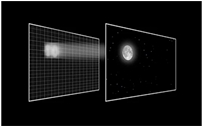 | 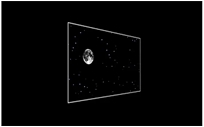 | |
| Feature |
|
|
|
|